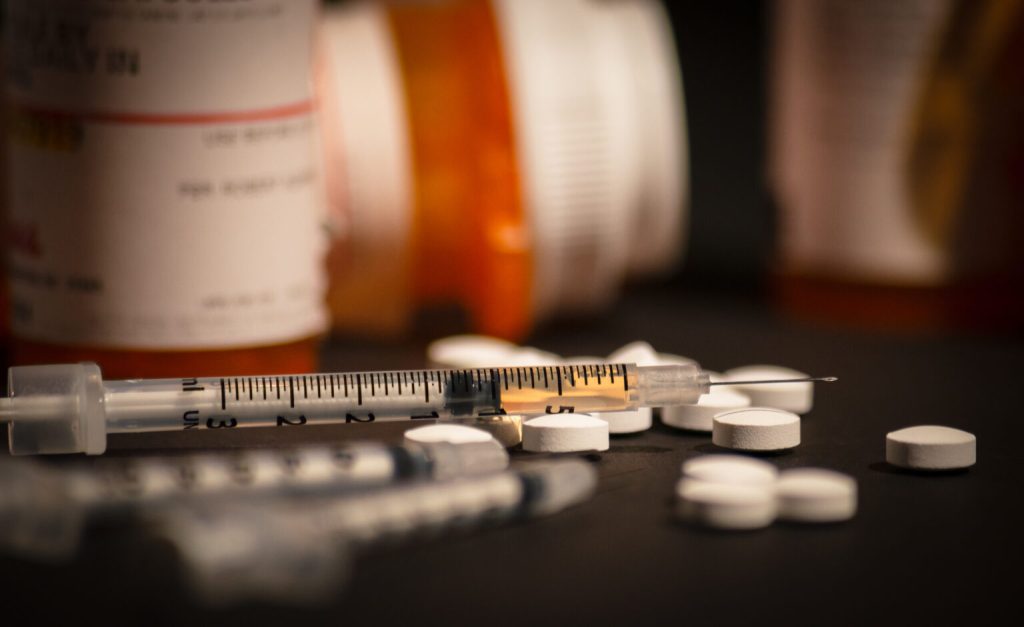PIERRE, S.D. – South Dakota has received over $18 million in national opioid settlement funds since 2022, spending $3 million so far on efforts to track, treat and prevent opioid abuse in the state. It’s the beginning of over $54 million the state will receive within the next two decades.
The national opioid settlement was reached in 2021 to resolve opioid litigation against the country’s three largest pharmaceutical distributors and one manufacturer. More than $50 billion in settlement funds is being delivered to state and local governments from the companies accused of flooding communities with opioid painkillers even though they allegedly knew how addictive and deadly the drugs were.
South Dakota is one of 52 states and territories to receive settlement funds.
Forty-two South Dakotans died in the first half of 2024 from drug overdose deaths, based on preliminary data from the state Department of Health. Sixteen were from opioids, including 12 from fentanyl. Compared to the first half of 2023, drug overdose deaths are down 27.6%.
The state has received $15 million of its settlement funds in 2024 alone, and is expected to receive another $21.7 million in the next four years, based on a presentation during the Opioid Abuse Advisory Committee’s meeting. The state has plans for about $16.2 million of that money:
- $8.16 million toward a program sustainability fund, meant to keep cash on hand in case other federal funding programs supporting drug treatment and prevention efforts are cut.
- $4.5 million toward the opioid settlement community grant program, which offers funding to local South Dakota organizations to carry out treatment and prevention programming.
- $1.88 million toward the overdose follow-up program, which distributes funds to nonprofits Emily’s Hope and Project Recovery.
- $1 million to fund the Prescription Drug Monitoring Program.
- $350,000 to fund a statewide needs assessment.
- $150,000 to fund Naloxone distribution to South Dakota businesses.
- $248,048 for administrative costs.
The committee approves and makes recommendations to the Department of Social Services cabinet secretary on how to spend the opioid settlement funds. The secretary has authority over the funds.
The estimated unobligated remainder of funds through the end of fiscal year 2029, if the state follows its $16.2 million spending plan, is $20.5 million.
Tiffany Wolfgang, director of the state’s Division of Behavioral Health, proposed the committee spend $350,000 of this fiscal year’s funding to conduct a statewide needs assessment. The department plans to work with multiple firms to conduct the assessment, with a final report submitted by the end of 2025.
South Dakota last conducted a statewide opioid needs assessment nearly a decade ago. A new assessment will update where existing gaps in service and needs are in the state so South Dakotans can “get the best bang for our buck” with the settlement dollars, Wolfgang said.
Many states are conducting similar assessments. Becky Heisinger, director of the quality integration department at the South Dakota Association of Healthcare Organizations, said the assessment would be a “smart move.”
“We want to be a good financial steward of the dollars and understand what we’re facing,” Heisinger said.
Committee members did not voice any opposition during the meeting, so the department will move forward and get a final approval from Secretary Matt Althoff.
Wolfgang said the state needs to be “thoughtful” and “cautious” with the money.
“There are a lot of great ideas out there, a lot of great ideas,” Wolfgang said. “But which ones are going to have a true impact on South Dakota and which ones are going to have the biggest impact?”
South Dakota has the lowest overdose death rate and lowest opioid overdose death rate in the United States, using the most recent data (2022) from the Centers for Disease Control and Prevention. The U.S. overdose death rate is 32.6 per 100,000 people, which is three times South Dakota’s overdose death rate of 11.3 per 100,000 people.













